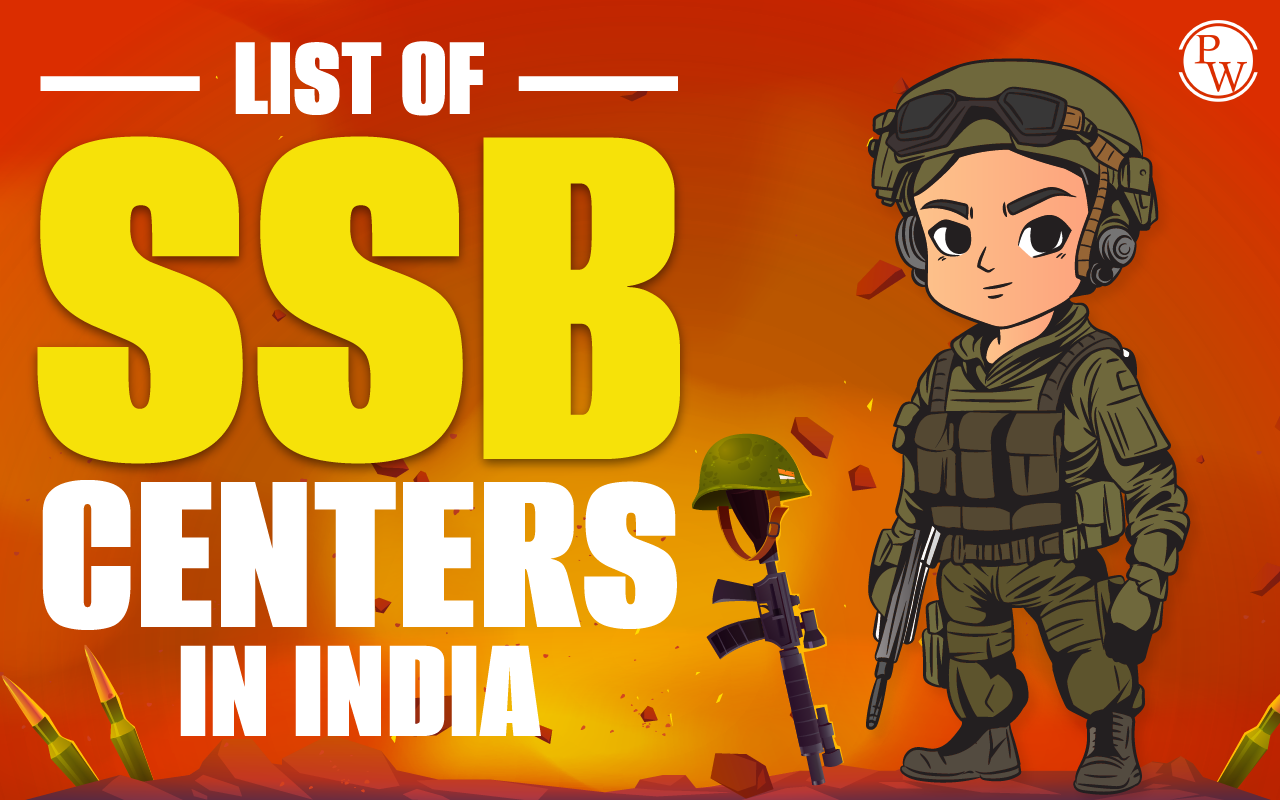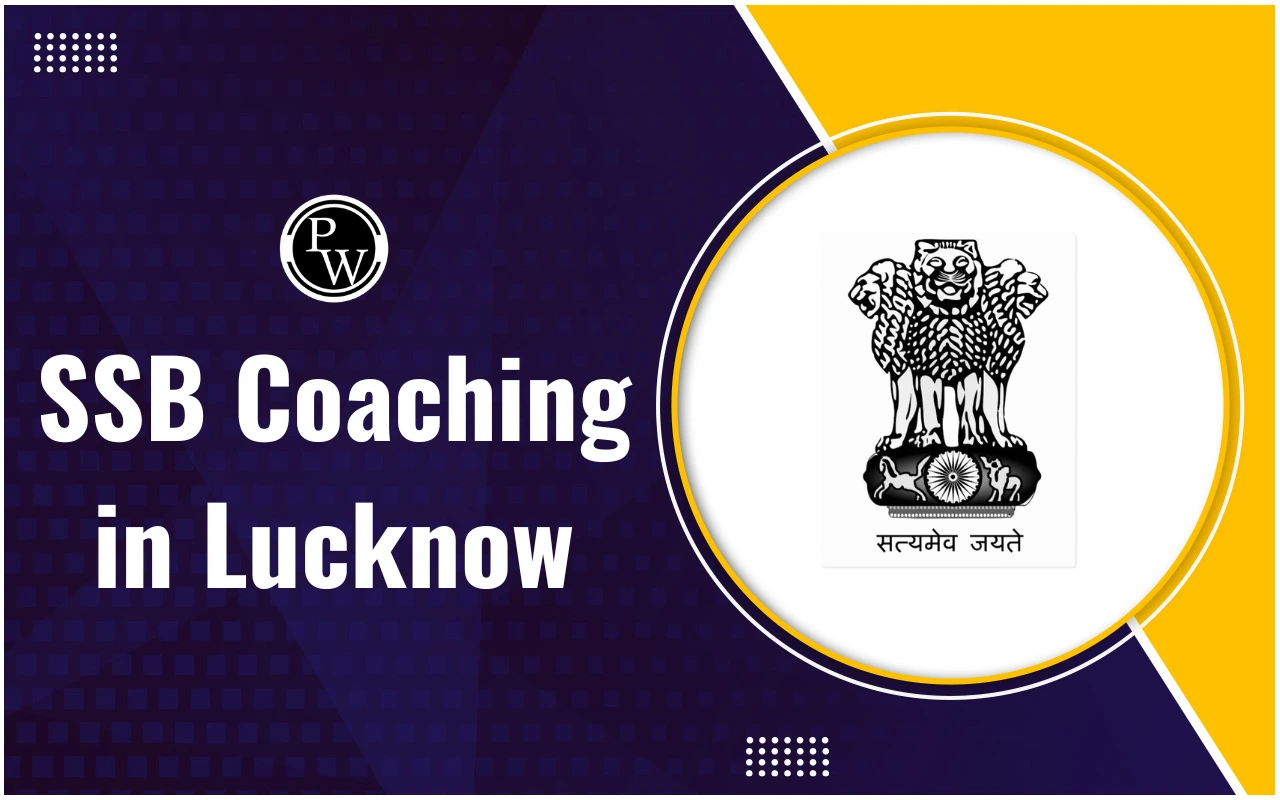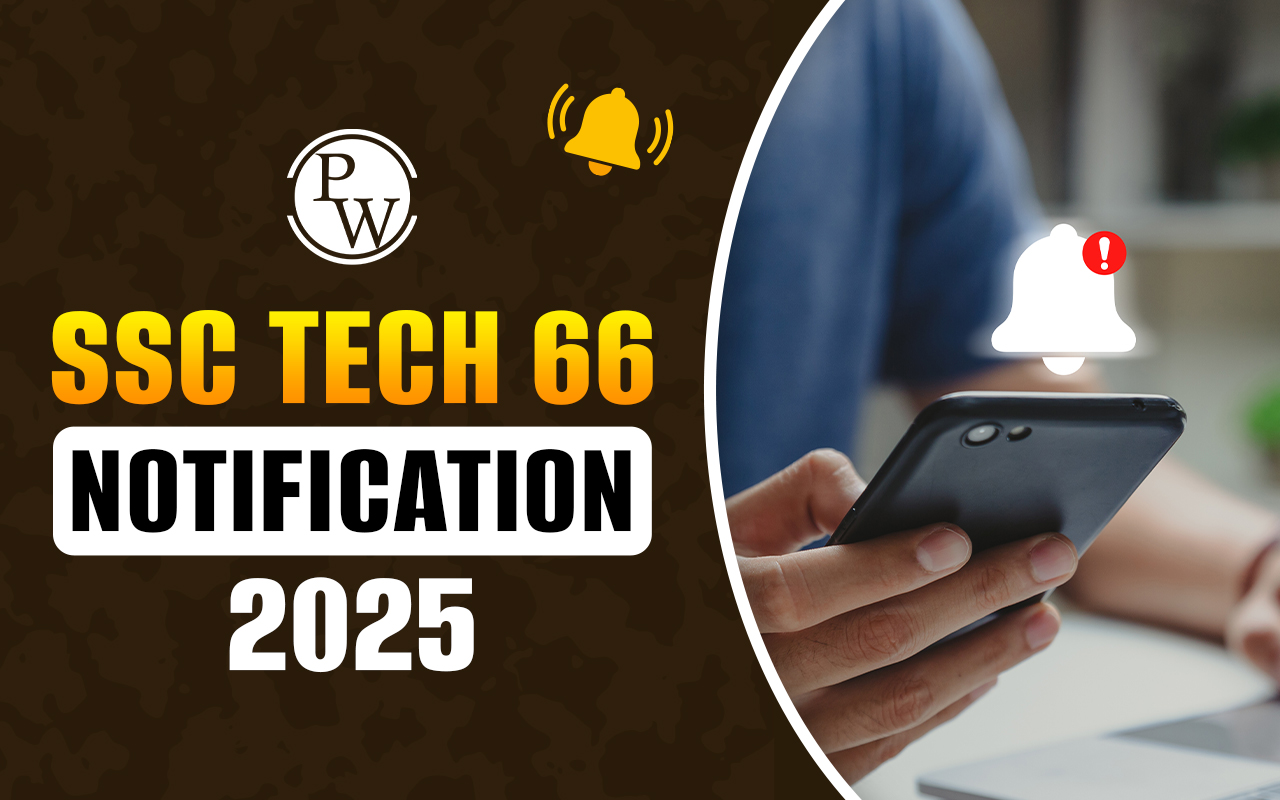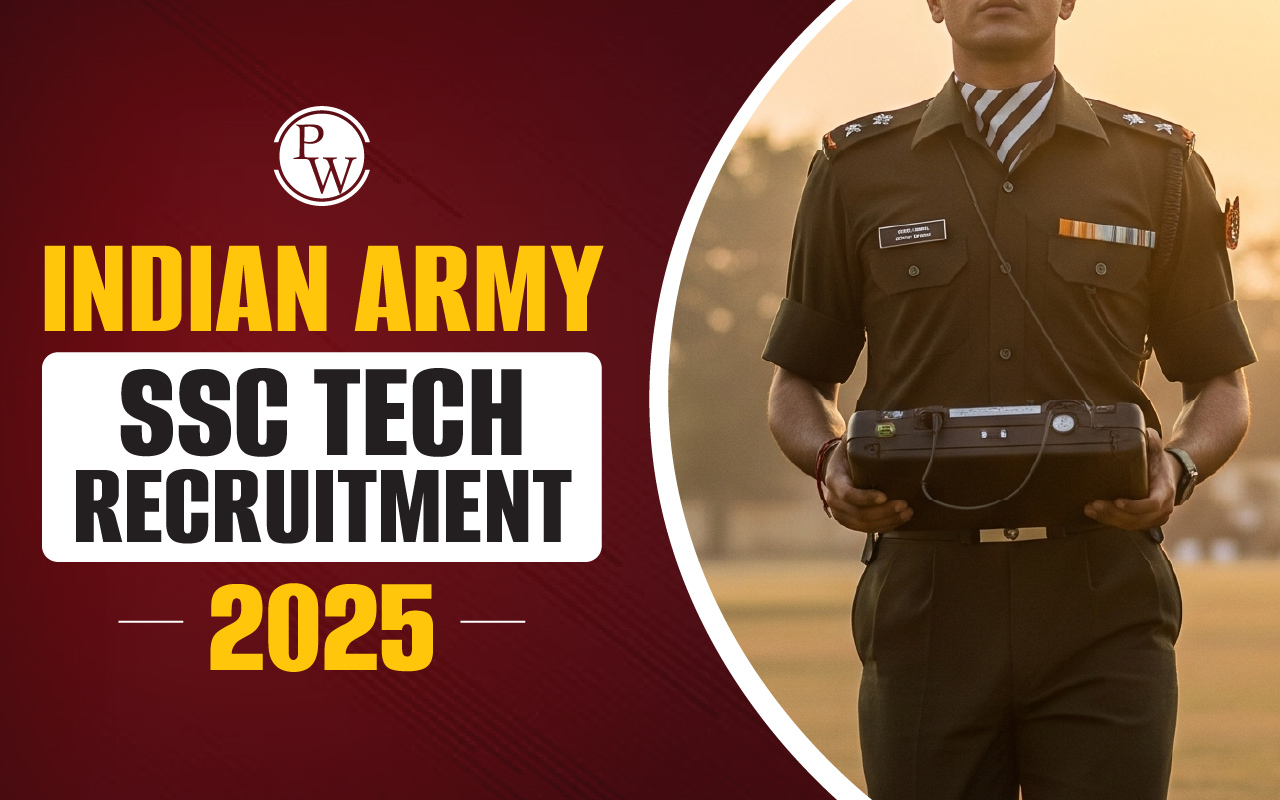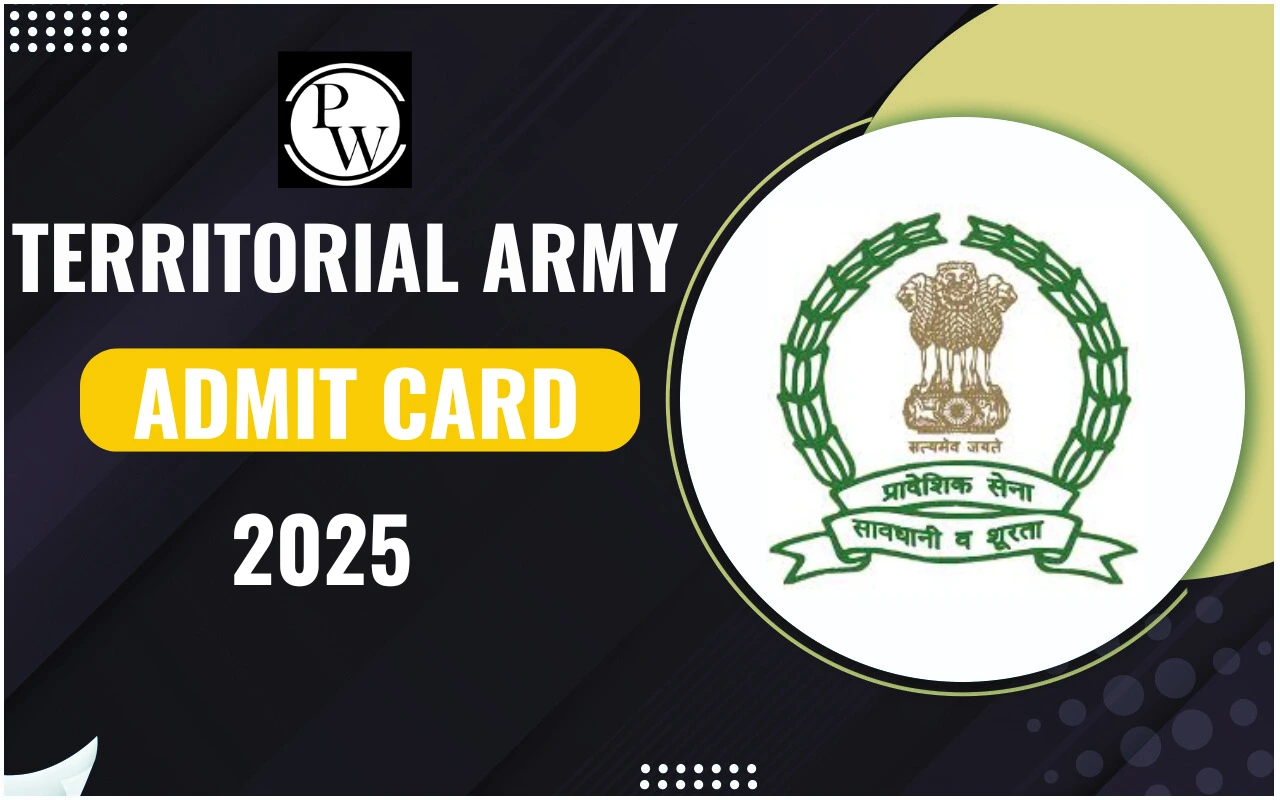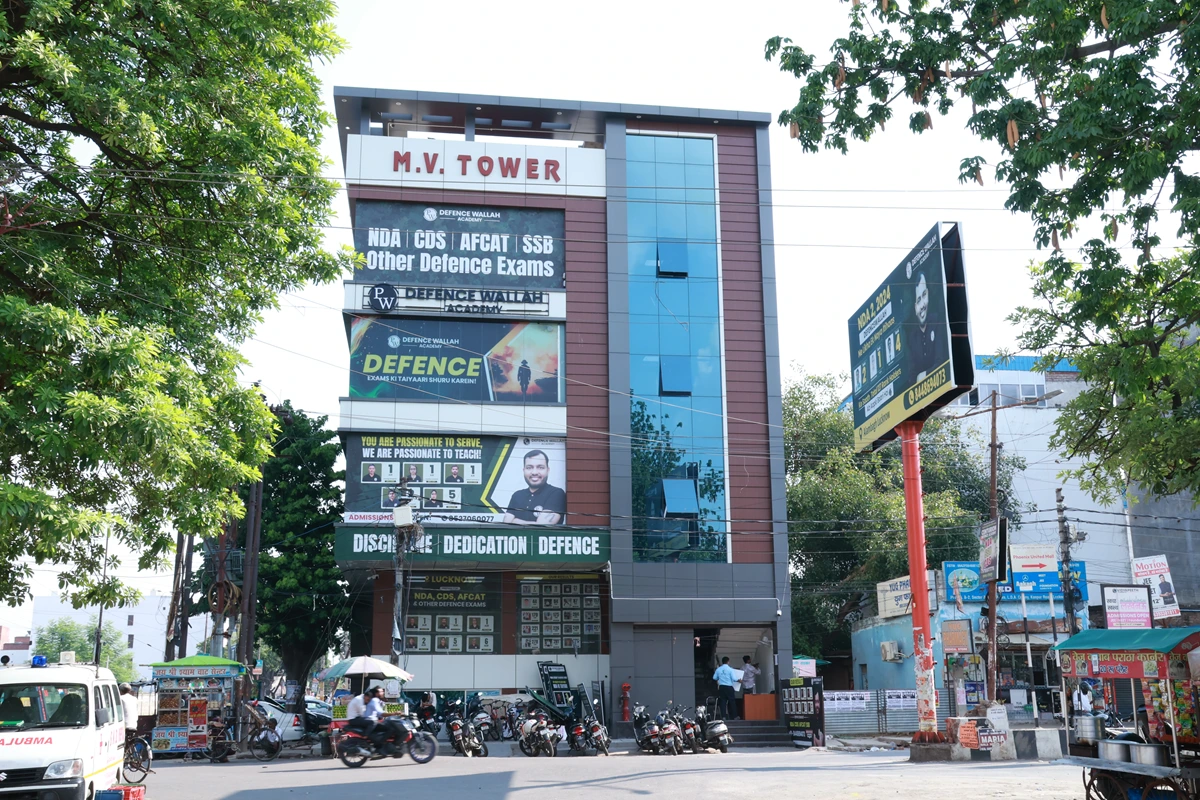
What is PPDT in SSB: PPDT is known as the Picture Perception Descriptive Test. It is known as one of the most crucial components in the SSB process. Candidates targeting to appear in any defence exams like NDA, CDS, and AFCAT. They have to appear in the SSB round after qualifying for the Written Test. SSB is known as a multiple-stage process. Candidates appear in the Picture Perception Descriptive Test. This test requires the candidate to describe a blurred image, creating a story.
Understand The Basics Of PPDT
SSB Interview Process’s first stage is PPDT. Students get a blurred image provided by the panel. They require describing the picture framing a relevant story revolving around the picture. PPDT, along with OIT, is the initial stage in the SSB Interview process. These two stages are designed and developed by the interview panellists to check the analytical, presentation, and storytelling skills through this selection process.
Step-By-Step Process To Write PPDT
Three Important Components are compiled to write the Picture Perception Descriptive Test (PPDT). Candidates should work on the descriptive, storytelling, and analytical skills to prepare a description using the blurred picture. Here are the three elements every candidate should work on to describe writing PPDT in the SSB Interview Process.
Stage 1 Picture Perception: Students are presented with a blurred picture for 30 seconds in the SSB Interview Process. This visual should be used for storytelling and descriptive purposes in the defence exam recruitment process.
Stage 2 Story Writing: Candidates get 1 minute to write down the key details mentioned using the PPDT image. After that, students get 4 minutes to describe the image and prepare a compelling story revolving around the image.
Stage 3 Group Discussion: A group of 12 to 14 students gets into the group discussion. Every member of the group gets the opportunity to present their story in PPDT. Then, the group members get into a narrative. They come to a common point of discussion in story presentation.
Strategies & Techniques To Master In PPDT
Students should develop an understanding and knowledge through the practice of PPDT regularly. A list of strategies and techniques is provided to master in PPDT to appear in the SSB Interview.
-
Observation: Students should learn time management techniques. These tricks are effective for the candidates to observe the images within the provided time duration. Give the time to learn the management trick to observe the details provided in the blurred image.
-
Perception: Next Step is to review and analyse the perception towards the image seen in the observation process. Train the candidates to review and get to know the key details mentioned in the blurred picture.
-
Story Telling: Students get 4 minutes to write the story. Jot down the important pointers to mention in the story. Prepare a proper story to frame a compelling story, adding impressive writing skills.
-
Group Dynamics: After completing the story, candidates get into a group and start the discussion process. Every student gets the opportunity to tell all the pointers mentioned in the story.
-
Discussion: All the candidates get into a common discussion point after the PPDT. It is an integral part of the PPDT process. Students get into the storytelling abilities of others in the discussion round.
Themes To Showcase In PPDT Writing
A list of themes is provided to be showcased in PPDT Writing in the defence exams.
-
Social initiatives
-
Self-confidence
-
The convincing ability for a better change
-
Responsibility towards a cause
-
Awareness of creating an impact
-
Around unconditional help
-
Guidance Plan for Farmer Community
-
Plantation drive
-
Street Play Self-Awareness
-
Empowerment: Clearing a competitive exam and making efforts to achieve the dream.
-
Bravery during emergencies
Tips To Follow Improving PPDT Writing Skills
Students who have qualified for the Written Test in any defence exams. They are shortlisted to participate in the SSB Interview. It is for 5 days. PPDT is one of the crucial stages in the SSB Interview process. Here are some of the important tips provided to bring improvement in PPDT Writing Skills.
-
Practice: Defence Aspirants should begin practising for PPDT writing skills. Begin focusing on the observation and perception skills. It can happen only with practice. Divide the time regularly with a focused routine practice to check the image, mention the key pointers, and frame a story.
-
Check PPDT & TAT Ebooks: Candidates should dedicate the time to check out the PPDT and TAT Ebooks. They can know the PPDT samples. It can give them an idea of checking out the sample pictures and storytelling ideas. Adopting such techniques can help improve the performance of PPDT.
-
Get SSB Interview Preparation Courses: Enrol in any SSB Preparation Courses. Defence Wallah provides SSB Preparation Course programs. Such courses can give a dedicated roadmap in the PPDT story-writing process. Mentors can guide and bring improving in the observation, perception, and storytelling skills.
-
Learn Team Player Skills: Defence Aspirants after getting any dedicated SSB Preparation Courses. It is helpful for them to learn teamwork skills for the group discussion round. The PPDT session is prepared to develop team player skills in the group discussion process.
-
Realistic Storytelling: Students should focus on the realistic storytelling process. Take the time to analyse the things mentioned in the PPDT image. The main focus should be on preparing a realistic story by writing all the important pointers.
-
Develop a Character: Figure out relevant character traits required to add in the storytelling process. Adding character into preparing the story gives leverage to the writing skills.
Mistakes To Avoid In PPDT Writing
Here is the list of pointers every candidate should avoid in the PPDT writing process.
-
Don’t watch any movie before PPDT. It could create multiple thoughts in the mind.
-
Don’t underestimate the central character of the writer.
-
Try to keep a fresh mindset.
-
Don’t lose the theme in framing out the storyline.
-
Try to keep a realistic point of view in figuring out the storyline.
-
Candidates should not be loud in the group discussion process. Give a chance to other members in the team.
-
Stay with the theme while conveying the storyline in PPDT.
-
Respect the time limit provided by the panellist in the PPDT process.
What is PPDT in SSB FAQs
What is PPDT in SSB?
How to write a PPDT story in SSB?
How to prepare for PPDT for SSB?
How much time is given in PPDT?



